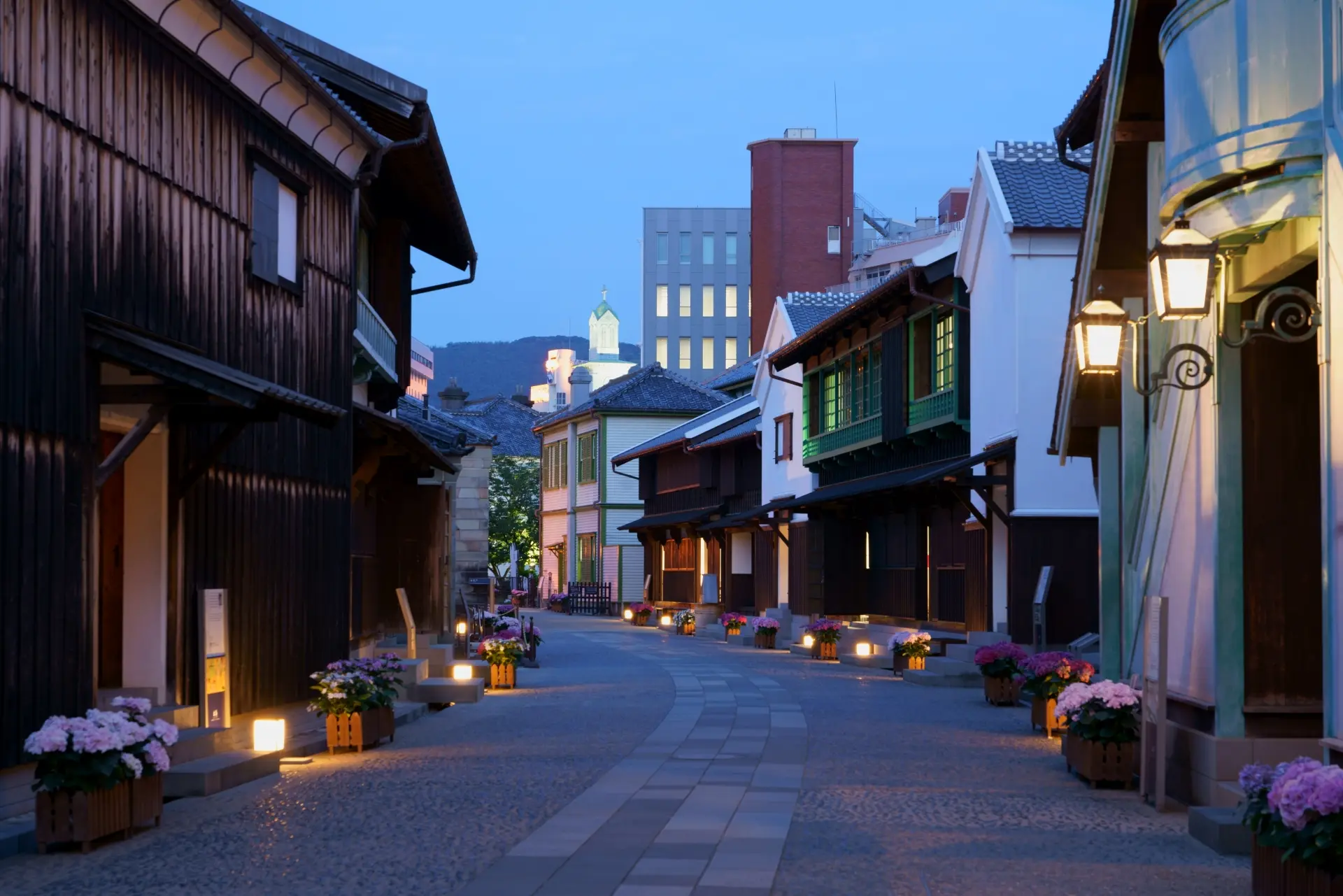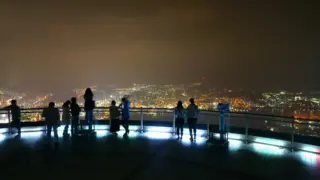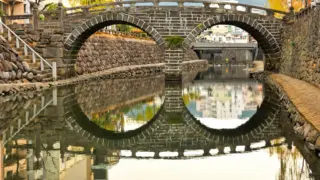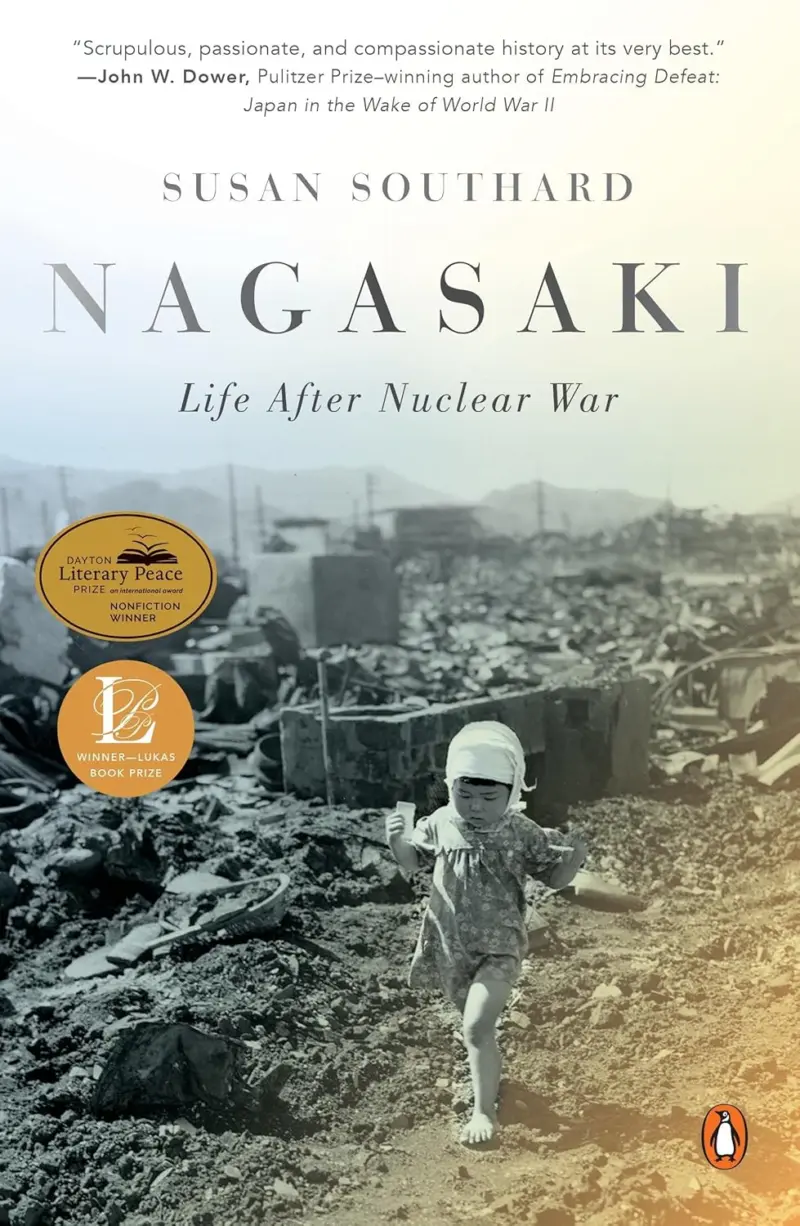Nagasaki is a city that seamlessly blends historical significance with captivating cultural experiences, making it a must-visit destination for travelers exploring Japan.
From its poignant past as a center of international trade and the events of World War II to its breathtaking landscapes and vibrant culinary scene, this city offers something for everyone.
Whether you’re interested in delving into its rich history, admiring stunning night views, or sampling delicious local cuisine, this two-day itinerary will guide you through the highlights and ensure an unforgettable first visit.
Day 1: History and Culture
Morning: Nagasaki Peace Park & Atomic Bomb Museum
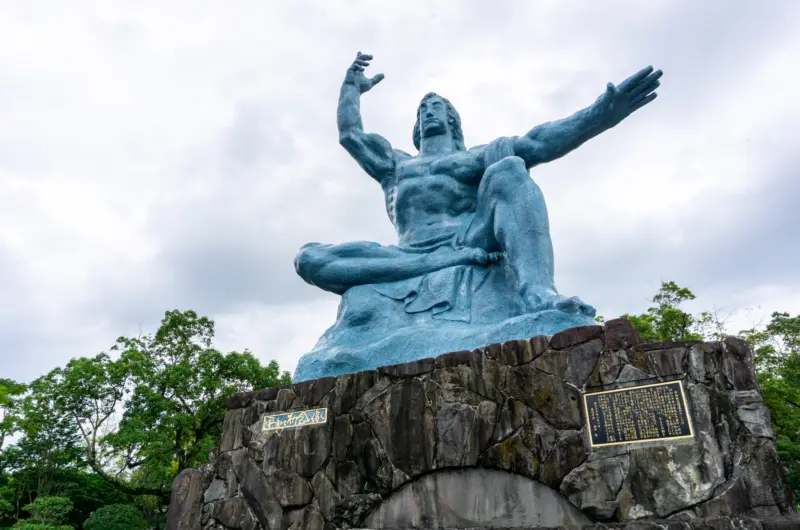
Start your journey with a visit to Nagasaki Peace Park, a moving tribute to the victims of the atomic bombing in 1945.
Stroll through the serene park, taking in the iconic Peace Statue, which symbolizes hope for global peace.
- Location: Matsuyama-machi, Nagasaki City
- Admission: Free for Peace Park; ¥200 (~$2 USD) for the Atomic Bomb Museum
- Opening Hours:
- Peace Park: Open 24 hours
- Atomic Bomb Museum: 8:30 AM – 5:30 PM
Pro Tip: Allocate about 2 hours to explore the museum and park at a leisurely pace.
Lunch: Local Delights
For lunch, indulge in the iconic Nagasaki Champon, a hearty noodle soup packed with seafood and vegetables. This flavorful dish is a must-try for first-time visitors and showcases Nagasaki’s unique culinary heritage.
One of the most popular spots to enjoy Champon is Shikairo, the birthplace of this famous dish, offering an authentic taste of tradition in every bite.
Looking for more options?
Check out our guide to the Top 5 Nagasaki Champon Spots to explore other highly recommended restaurants serving this delightful dish.
Afternoon: Dejima
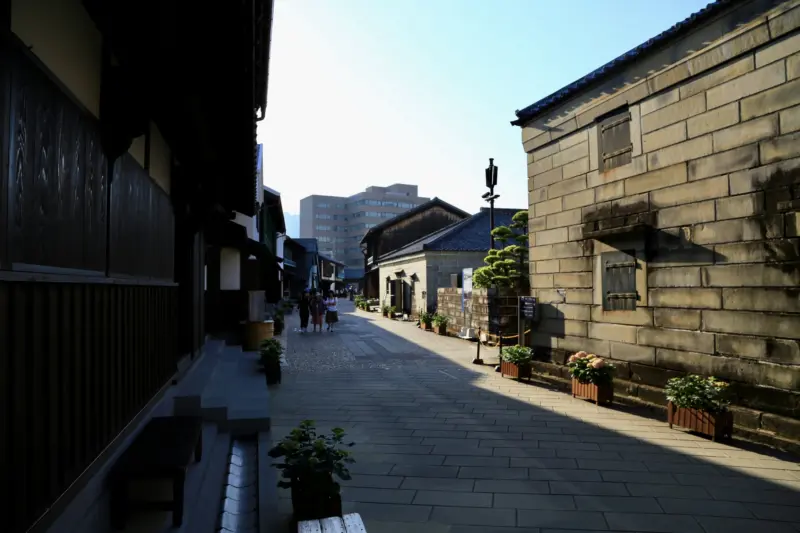
Visit Dejima, a beautifully restored historical site that once served as Japan’s sole gateway for foreign trade during the Edo period.
This fascinating area offers a glimpse into Nagasaki’s unique role in global commerce, showcasing its rich cultural exchange with the world.
Explore the meticulously preserved buildings and engaging exhibits that bring this historic era to life. For a deeper dive into Dejima’s history and what to see, check out our guide: Dejima: Exploring Historic Gateway.
- Admission: ¥520 ($5 USD)
- Opening Hours: 8:00 AM – 6:00 PM
- Google Map
Evening: Mount Inasa Night View
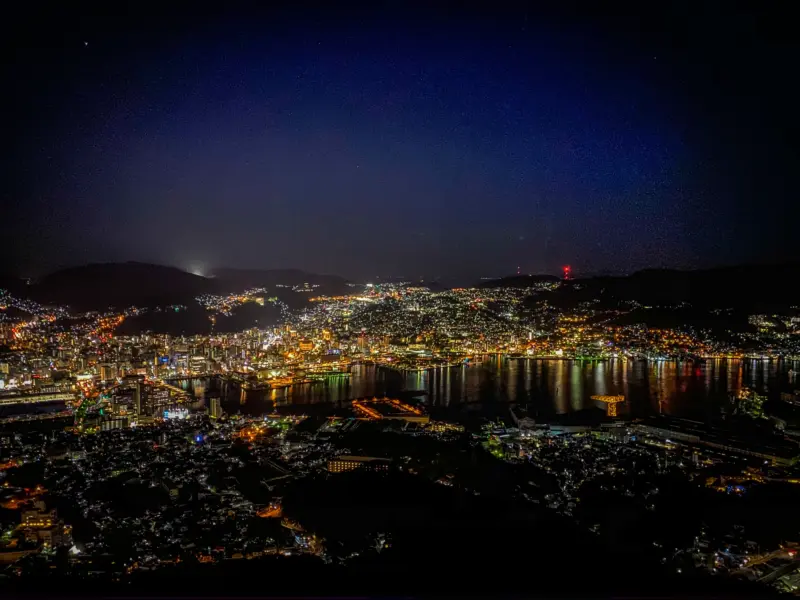
End your day with a visit to Mount Inasa, where you can enjoy one of Japan’s top three night views. The shimmering city lights create a mesmerizing and unforgettable panorama.
For an even more scenic experience, take the slope car or cable car to the summit and enjoy the breathtaking scenery from above.
- How to Get There: Take the Nagasaki Ropeway from Fuchi Shrine Station.
- Cost: Ropeway round trip: ¥1,250 (~$11 USD)
- Hours: 9:00 AM – 10:00 PM
- Google Map
Pro Tip: Arrive just before sunset to watch the city transition from day to night.
Day 2: Scenic and International Heritage
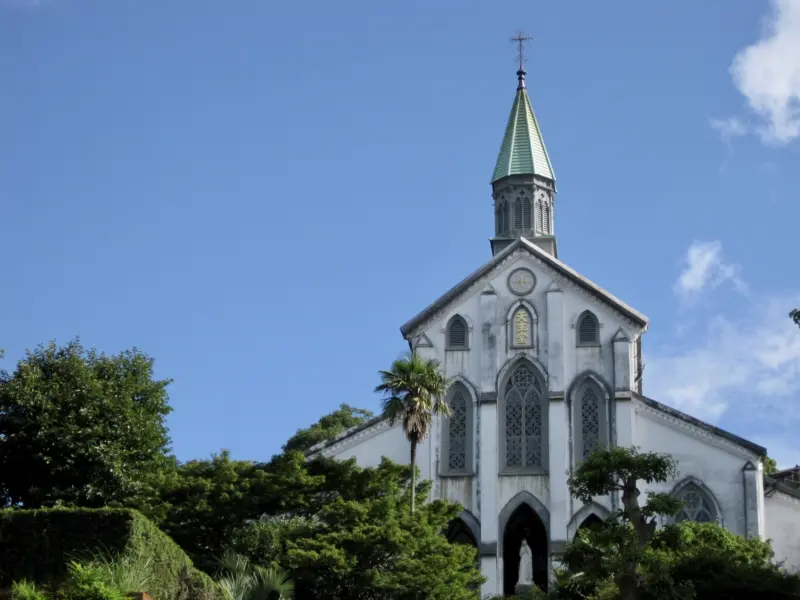
Morning: Glover Garden & Oura Catholic Church
Explore the open-air museum of Glover Garden, which preserves the elegant residences of foreign merchants from the Meiji period.
Nearby, visit Oura Catholic Church, the oldest standing Christian church in Japan.
- Glover Garden Admission: ¥620 (~$6 USD)
- Oura Catholic Church Admission: ¥1,000 (~$9 USD)
- Opening Hours:
- Glover Garden: 8:00 AM – 6:00 PM
- Oura Catholic Church: 8:00 AM – 5:30 PM
Highlight: Take a panoramic photo of Nagasaki Harbor from Glover Garden.
Lunch: Traditional Shippoku Cuisine
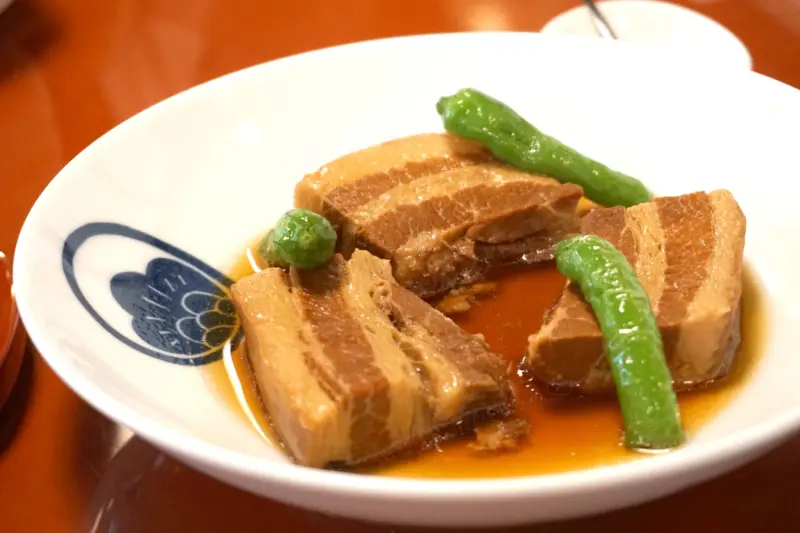
Indulge in Shippoku, a unique blend of Japanese, Chinese, and Western flavors.
Visit Hamakatsu, a historic restaurant known for its authentic Shippoku dishes.
Afternoon: Megane Bridge
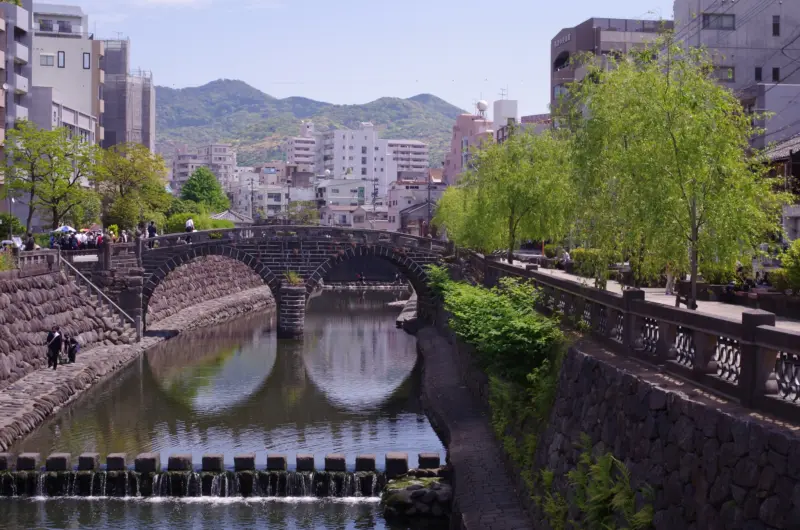
After lunch, head to Megane Bridge, Japan’s oldest stone arch bridge. Its twin arches and reflection in the water create the illusion of spectacles, hence its name.
- Admission: Free
- Hours: Open 24 hours
Activity: Don’t miss the chance to take iconic photos and enjoy a leisurely stroll along the Nakashima River.
Evening: Nagasaki Chinatown Dinner
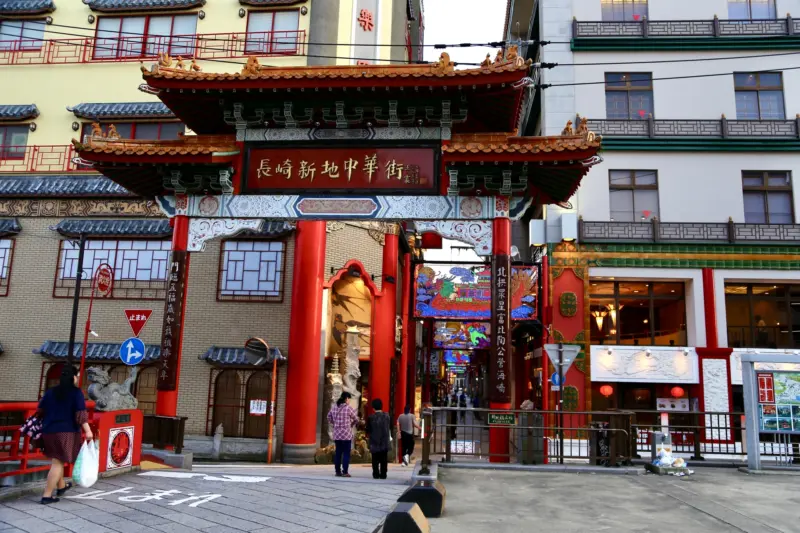
End your day with a delicious dinner in Nagasaki Chinatown, a vibrant area filled with authentic Chinese-inspired Japanese dishes.
Popular options include Nagasaki Champon, Sara Udon, and Pork Belly Buns.
Travel Tips for Nagasaki
- Transportation: Use Nagasaki’s efficient tram system to navigate the city easily. A one-day tram pass costs ¥500 (~$4.50 USD).
- Best Time to Visit: Spring (March to May) and autumn (September to November) offer the most pleasant weather for sightseeing.
- What to Pack: Comfortable walking shoes and a light jacket for evening chills.
FAQ
Nagasaki is one of the only two cities in the world to have experienced an atomic bombing during World War II, alongside Hiroshima. Today, it is a symbol of peace and resilience, attracting tourists with its historical landmarks, vibrant culture, and beautiful landscapes.
Nagasaki Chinatown, also known as Shinchi Chinatown, was originally established as a hub for Chinese merchants who traded with Japan from the 15th to the 19th centuries. The area was used as a warehouse district and later became a cultural and culinary center, showcasing Chinese heritage in Japan.
The tram system is the most convenient way to travel within Nagasaki. Taxis and buses are also available for specific locations.
Nagasaki is known for Champon noodles, Shippoku cuisine, and Castella cake, a Portuguese-inspired sponge cake.
Yes, 2 days are sufficient to visit Nagasaki’s main attractions, experience its culture, and enjoy scenic views.
This two-day itinerary offers a seamless blend of history, culture, and scenic beauty, ensuring an unforgettable experience in one of Japan’s most captivating destinations. From exploring poignant historical landmarks to enjoying breathtaking views and indulging in local delicacies, every moment is filled with discovery and wonder.
| Name | Tourist Information Center |
|---|---|
| Access | Located inside JR Nagasaki Station, next to the Shinkansen ticket gate. |
| Hours | 8:00 AM – 7:00 PM |
| Admission | Free |
| Social Media | |
| URL | Nagasaki Tourist Information Center |
| Map | Google Maps |

